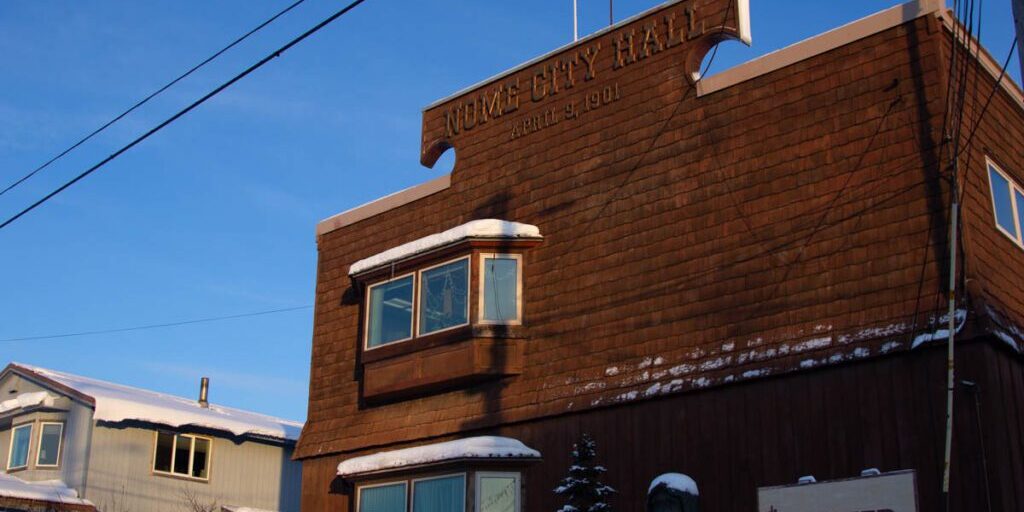Governmental bodies in the City of Nome are reporting they will see increases in property, fire and auto insurance rates this year.
The city is in the last year of a three-year agreement with Alaska Municipal League Joint Insurance Association (AML-JIA) and city manager Glenn Steckman said he expects to see a 10% rate increase, which is the maximum allowed under the current contract.
“Everybody is seeing insurance increases,” Steckman said. “We have a fleet of 28 vehicles, and we’re seeing a 10% rate increase on that. We would be seeing a much higher increase in our property insurance liability insurance, but we are in the midst of the three-year contract, which states that it cannot go up more than 10% in a year.”
The city is also expecting increases in healthcare premiums.
“Health care costs have gone up significantly, and we’ve already been notified that we’ll see higher insurance costs for our employees,” Steckman said. “And that’ll mean some employees will see increases in their rates, that the money is that is deducted from their salary. So, it’s a tough year.”
Although he did not delve into any specific rate increases the city might implement, Steckman said the city needs to be run like a business — and that could mean hikes in fees or other costs.
“Some of those increases will need to be probably set,” he said. “The city functions 365-days-a-year, 24-hours-a-day. Somehow, somewhere, we’re providing services.”
Nome Public Schools is also a subscriber to the AML-JIA insurance co-operative.
School superintendent Jamie Burgess said insurance costs are increasing in terms of district real estate and other property — due to both higher rates and inflation.
“We’ve actually seen our property insurance costs increase over the last several years, partly as an outgrowth of the pandemic,” Burgess said. “We’ve also seen a lot of issues with natural disasters, and that always impacts the insurance company at-large. But, I think it’s also kind of an outgrowth of inflation; It’s all about replacing things, and we know everything costs more, to repair buildings, it costs more to repair vehicles.”
Burgess says the school district has seen a 30% increase in rates over the past three years, but that rates are also capped at 10% per year under their agreement with AML-JIA.
“We do have a three-year agreement with AML, and because of that our insurance increases capped at a maximum of 10% for this next year,” Burgess said. “That’s one little piece of good news.”
House Bill 21 is currently before the Alaska Legislature. It would provide the option for school districts, the University of Alaska, and municipal governments to participate in AlaskaCare, the state healthcare program.
Burgess is taking a wait-and-see approach on the proposed legislation.
“There’s still a lot of questions about how all of that would genuinely work,” Burgess said. “It’s really difficult for an insurance pool and to have districts that choose to be opting in and out with growing and shrinking. It’s difficult to say that would provide any sort of increase in savings to districts. It might benefit more some of your much smaller districts.”
Alaska has the highest per capita healthcare costs in the nation, according to a 2018 study.
The city’s power company, Nome Joint Utility System, utilizes ARECA Insurance Exchange, a member-owned association. General Manager John Handeland — who is also the mayor of Nome — estimates premiums went up about 10% over last year but included increases in coverage.
Image at top: Nome City Hall building on Front Street. Photo by Brisa Alarcon/KNOM.




